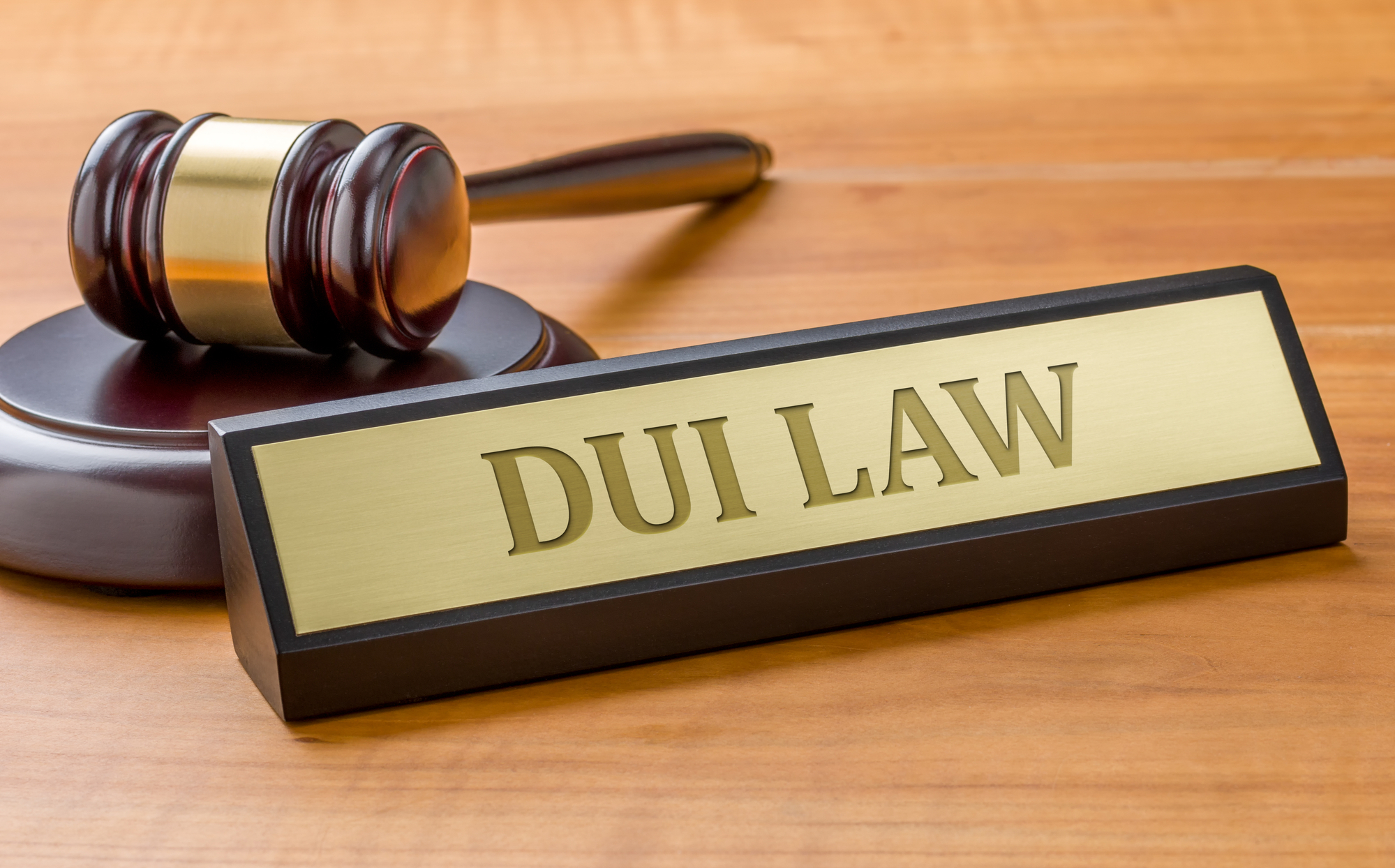One of the common misconceptions in dealing with a charge of Driving Under the Influence (§18.2-266) is there exists a legal limit. The DUI statute references a 0.08 “limit”. The statute and some of the confusion about the “legal limit” is explained in § 18.2-269. The statute states if a persons blood alcohol content “BAC” is a 0.05 or lower the inference is the person charged is not intoxicated. If the BAC is higher than 0.05 but lower than 0.08 there is no inference either way. However, if the BAC is 0.08 or higher there is an inference the person charged was intoxicated. The main lesson to learn is that you can be convicted with any BAC. The 0.08 BAC makes it easier for the Commonwealth, but it does not mean you have to be found guilty either. Below find a link to § 18.2-269 and the full text of the statute.Our next blog post will cover what it means to be “intoxicated” as defined by Virginia Statute.
§ 18.2-269 Presumptions from alcohol or drug content of blood.
A. In any prosecution for a violation of § 18.2-36.1 or clause (ii), (iii) or (iv) of § 18.2-266, or any similar ordinance, the amount of alcohol or drugs in the blood of the accused at the time of the alleged offense as indicated by a chemical analysis of a sample of the accused’s blood or breath to determine the alcohol or drug content of his blood in accordance with the provisions of §§ 18.2-268.1 through 18.2-268.12 shall give rise to the following rebuttable presumptions:
(1) If there was at that time 0.05 percent or less by weight by volume of alcohol in the accused’s blood or 0.05 grams or less per 210 liters of the accused’s breath, it shall be presumed that the accused was not under the influence of alcohol intoxicants at the time of the alleged offense;
(2) If there was at that time in excess of 0.05 percent but less than 0.08 percent by weight by volume of alcohol in the accused’s blood or 0.05 grams but less than 0.08 grams per 210 liters of the accused’s breath, such facts shall not give rise to any presumption that the accused was or was not under the influence of alcohol intoxicants at the time of the alleged offense, but such facts may be considered with other competent evidence in determining the guilt or innocence of the accused;
(3) If there was at that time 0.08 percent or more by weight by volume of alcohol in the accused’s blood or 0.08 grams or more per 210 liters of the accused’s breath, it shall be presumed that the accused was under the influence of alcohol intoxicants at the time of the alleged offense; or
(4) If there was at that time an amount of the following substances at a level that is equal to or greater than: (a) 0.02 milligrams of cocaine per liter of blood, (b) 0.1 milligrams of methamphetamine per liter of blood, (c) 0.01 milligrams of phencyclidine per liter of blood, or (d) 0.1 milligrams of 3,4-methylenedioxymethamphetamine per liter of blood, it shall be presumed that the accused was under the influence of drugs at the time of the alleged offense to a degree which impairs his ability to drive or operate any motor vehicle, engine or train safely.
B. The provisions of this shall not apply to and shall not affect any prosecution for a violation of § 46.2-341.24.
The content of this Blog/Web Site does not constitute legal advice. Because legal advice must be tailored to the specific circumstances of each case and laws are constantly changing, you should seek the assistance of licensed and competent legal counsel for specific legal advice.



